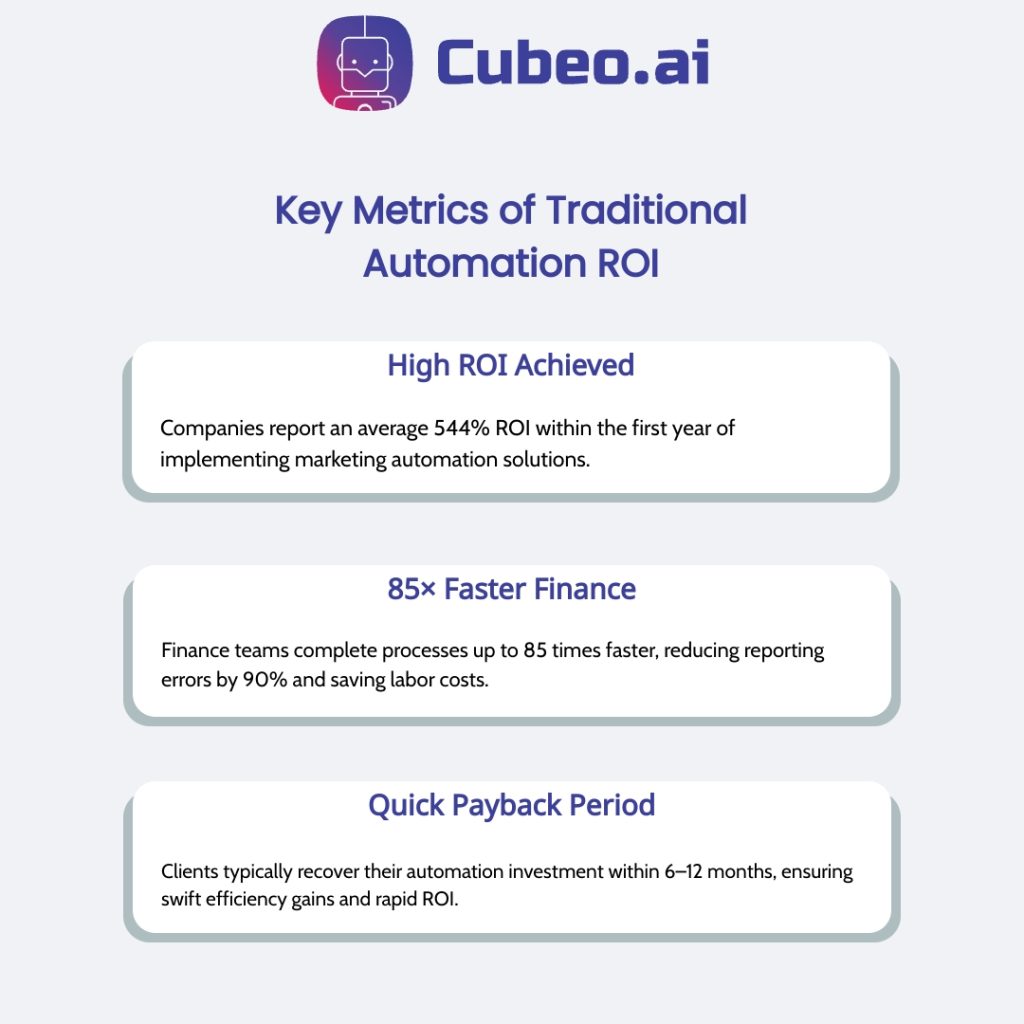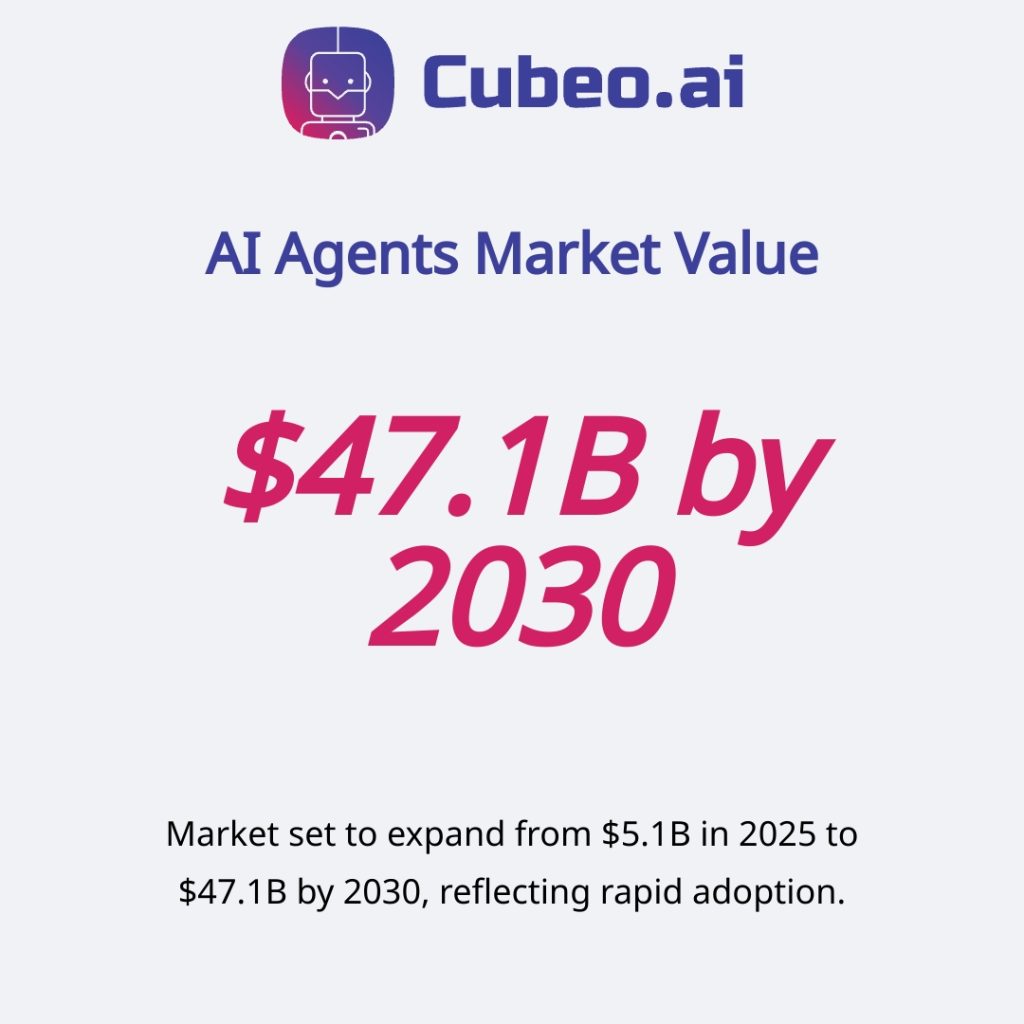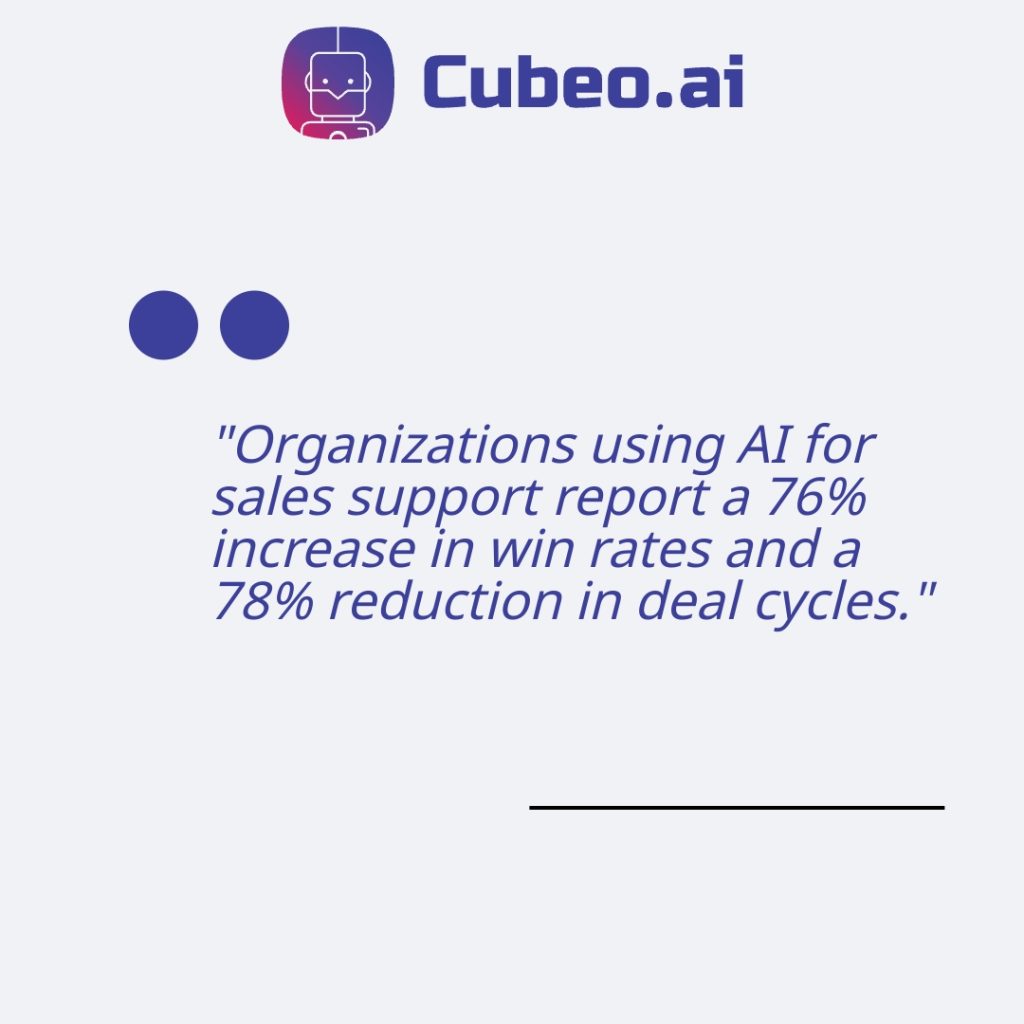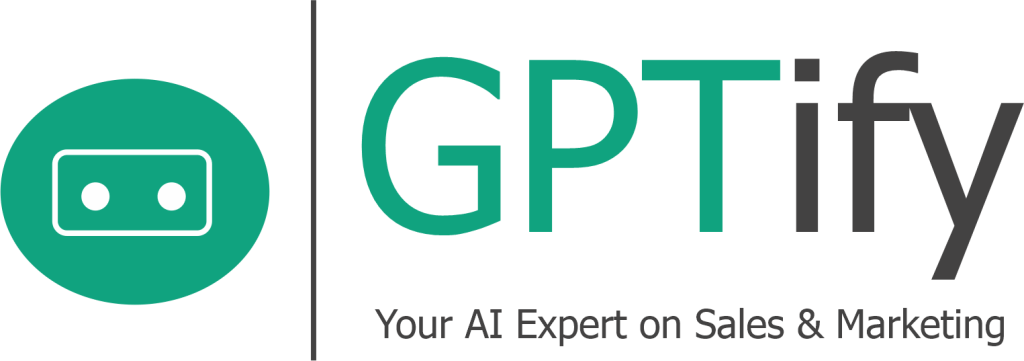What if your business operations could think, learn, and adapt instead of just following rigid rules? Traditional automation has served businesses well, executing predefined tasks with precision. Yet as we look toward 2026, the gap between conventional automation and AI agents grows increasingly significant—particularly when measuring return on investment.
While traditional automation excels at repetitive processes, AI agents bring intelligence to workflows, making decisions based on context and learning from outcomes. This fundamental difference transforms how businesses operate and, more importantly, what they can achieve financially. For decision-makers planning technology investments, understanding this distinction becomes crucial for competitive advantage.
The real power emerges when sophisticated AI capabilities become accessible to everyone in your organization, not just technical specialists. Throughout this article, we’ll explore compelling case studies where businesses have dramatically improved their bottom line by switching from conventional automation to AI agents, and provide practical implementation strategies to help you achieve similar results.
Understanding Traditional Automation ROI
Traditional automation executes rule-based processes with minimal human oversight. These systems tackle repetitive tasks across various departments, delivering measurable efficiency improvements. Our research shows companies using marketing solutions see an average ROI of 544%. Most businesses achieve returns within their first year of implementation.
The financial benefits remain strong in specific areas. Finance teams complete their processes 85 times faster through these tools. They also reduce reporting errors by an impressive 90%. Such improvements create substantial cost savings through fewer labor hours and accelerated workflows.
Yet these systems face inherent limitations that grow stronger over time. Their rigid nature demands extensive maintenance as business processes evolve. Each update requires technical intervention, creating ongoing costs that gradually erode initial returns.
These tools struggle with unstructured data and exceptions. They need human oversight that limits their scalability across complex operations.
As organizations mature in their journey, many encounter diminishing returns. The first wave typically addresses obvious, high-value processes. Later efforts target increasingly complex workflows with lower individual payback.
This pattern creates a ceiling effect. Additional investments yield progressively smaller gains, leading many companies to adopt more flexible solutions.

How AI Agents Are Redefining Business ROI
AI agents go beyond traditional automation scripts in fundamental ways. Scripts follow fixed paths, but AI agents work as digital colleagues who understand context, adapt to situations, and make decisions. These systems blend natural language processing with machine learning to handle tasks that once needed human judgment.
Three factors drive the ROI potential of these agents. They learn continuously from experience, unlike static automation tools. They work incredibly fast—organizations implementing AI report a 66% increase in task throughput. Plus, they customize interactions based on context for better user experiences. Many businesses see up to 50% efficiency improvements from early deployments, which explains the projected market growth from $5.1 billion to $47.1 billion by 2030.
The collaboration spectrum ranges widely with AI agents. Some function as assistants, handling routine work while escalating complex decisions to humans. Others manage entire workflows autonomously. This range lets companies deploy AI where it adds maximum value.
What makes modern AI agents truly revolutionary? Their accessibility. Marketing teams, operations specialists, and customer service managers can now create AI workflows without coding skills, thanks to visual builders and natural language interfaces. About 80% of employees using AI tools report better productivity, leading to faster implementation, wider adoption, and higher investment returns.

Real-World Case Studies Showcasing AI ROI
Companies across industries report impressive returns when implementing AI solutions strategically. Let’s look at actual results from businesses that replaced standard automation with AI systems.
Market research and lead generation show substantial gains through AI adoption. A manufacturing client implemented an AI market research three-step process that cut research time by 70% while discovering new market segments. This approach automated data gathering, applied predictive models to find patterns, and created actionable visualizations— all tasks previously requiring extensive analyst hours. In a similar way, a B2B software company used AI-powered lead scoring to boost conversions by 45%, prioritizing prospects with higher purchase intent. Their system for automated personalization lifted email open rates by 30%, significantly improving campaign performance.
Sales teams achieve even stronger results when following proper ethical AI implementation framework. Organizations using AI for sales support report a 76% increase in win rates and a 78% reduction in deal cycles.
Beyond direct sales applications, AI delivers ROI across various business functions. Wayfair developed an AI design tool that improved customer engagement, and healthcare provider Mass General Brigham utilized AI for patient communication to increase operational efficiency. These examples reveal a consistent pattern: organizations achieve highest returns when AI enhances human capabilities rather than replacing them. Success comes from thoughtful implementation that improves existing workflows instead of disrupting them. In fact, companies that view AI as a collaborative tool rather than a replacement technology consistently report better adoption rates and stronger financial outcomes.

Key Factors to Compare When Assessing ROI
Evaluating AI versus automation requires analysis beyond initial impressions. Several factors determine which solution delivers better long-term value for your business.
Financial assessment starts with comparing implementation costs against total ownership expenses. Traditional automation typically requires less upfront investment, while AI systems often provide better long-term economics. Only 25% of companies achieve substantial value from their AI investments, frequently due to incomplete cost modeling. You know, tracking ongoing licensing, infrastructure, updates, and talent needs reveals the complete financial picture.
Technical sustainability varies significantly between options. Conventional automation needs regular updates as processes change, creating maintenance burdens. AI solutions adapt through learning capabilities but demand robust data governance and security protocols. Enterprise-wide AI projects achieve an average ROI of just 5.9% with a 10% capital investment, partly because teams underestimate these operational requirements.
Organizational readiness affects implementation success too. Automation requires less change management but offers limited flexibility. AI systems need thoughtful integration with human workflows yet enable greater adaptability. Both approaches require governance structures, though AI needs additional ethical guardrails.
Risk profiles differ between technologies. Automation presents lower implementation uncertainty but higher obsolescence risk. AI involves greater initial variability yet provides future-proofing through adaptability. In a way, optimal approaches often combine both technologies for balanced results.
Practical Roadmap to Implement AI Agents
Building AI agents for your business requires a structured approach, and you don’t need technical expertise to get started. Teams across departments can create effective AI solutions by following a proven methodology that eliminates coding barriers.
Our 7-phase AI development roadmap begins with purpose definition—clearly stating your business problem and establishing measurable KPIs. The second phase focuses on data collection where you gather, clean, and format information for your AI to learn from. Phase three involves team assembly, bringing together subject matter experts rather than just technical specialists. According to recent research, 70% of new applications will utilize no code platforms by the end of 2025, enabling marketing, operations, and customer service departments to spearhead AI projects.
Technology stack selection becomes straightforward with visual builders handling complexity behind the scenes. Phases five and six transform model creation and training from technical challenges into configuration steps anyone can complete. The final phase ensures proper deployment and monitoring for ongoing value. This systematic approach has helped organizations achieve a 64% efficiency gain while reducing development time by up to 90% through no-code solutions.
Each phase aligns with Cubeo AI’s visual workflow builder, where you can set triggers, configure decision points, and establish actions without coding knowledge. The platform manages data preparation, model selection, and integration challenges typically requiring specialized skills. In a way, this democratization lets your team concentrate on business logic instead of technical implementation, speeding up your path to ROI and creating solutions that address your specific business challenges.
Ensuring AI Reliability with RAG Techniques
AI systems sometimes produce convincing but incorrect information, creating business risks. Retrieval-Augmented Generation (RAG) solves this problem by connecting language models with verified data sources.
RAG implementation follows four key ingestion steps. First, systems parse documents from various sources. Next, content gets divided into manageable chunks. These chunks transform into numerical vectors through embedding, capturing their meaning. Finally, these vectors go into specialized databases for quick retrieval. This process creates a foundation for accurate AI responses.
At query time, RAG works through three stages. The system converts user questions into the same vector format, then finds similar chunks from the database. These relevant chunks provide context for the AI, which generates answers based on retrieved information rather than relying solely on pre-trained knowledge.
The biggest advantage? RAG significantly reduces AI hallucination risks by grounding responses in factual data. Companies across industries have adopted this approach for real time data retrieval in AI applications. Healthcare providers deliver accurate medical information, while financial institutions ensure compliance in customer interactions. These examples show how RAG transforms AI from occasionally unreliable technology into dependable business tools that consistently deliver factual responses.
Wrapping Up Your Path to Higher ROI
AI agents significantly outshine traditional automation in 2025, as a matter of fact, 96% of enterprises plan to expand their AI agent usage with an average ROI of 171%. This technology revolution welcomes everyone—technical expertise optional. Companies achieve remarkable results, like H&M’s virtual assistants that resolve 70% of customer queries while boosting conversion rates by 25%.
Ready to boost your ROI? Start small by identifying processes where human judgment creates bottlenecks. The no-code tools we discussed make experimentation practically risk free. Take that first step today. Early adopters gain competitive advantages that late arrivals miss. Your AI journey begins with a single automation that solves a specific business challenge.
FAQ
How do AI agents reduce operational costs and drive growth?
AI agents reduce operational costs by automating tasks and optimizing workflows. They also improve resource utilization and enhance decision-making using real-time data. These agents drive growth by scaling operations and improving customer satisfaction. By freeing employees from repetitive tasks, AI agents allow them to focus on higher-value activities.
What are the main risks when adopting AI agents and how can they be mitigated?
Main risks when adopting AI agents include potential data breaches and the spread of disinformation. Misuse of AI agents also poses a risk. Mitigation strategies involve strict security protocols and proactive oversight. Establishing international standards can also help manage risks effectively.
How does Retrieval-Augmented Generation enhance AI reliability?
Retrieval-augmented generation enhances AI reliability through integrating external data sources. This process allows for more accurate and contextually relevant responses. By grounding outputs in up-to-date information, it improves model accuracy and relevance. As a result, user trust in AI-generated content increases.
What practical steps should non-technical teams follow to deploy AI agents?
Non-technical teams can deploy AI agents using low-code platforms. Focus on automation, integration, and iterative improvements. Task simplification and human oversight are also important. AI agents augment human productivity by handling routine tasks.



